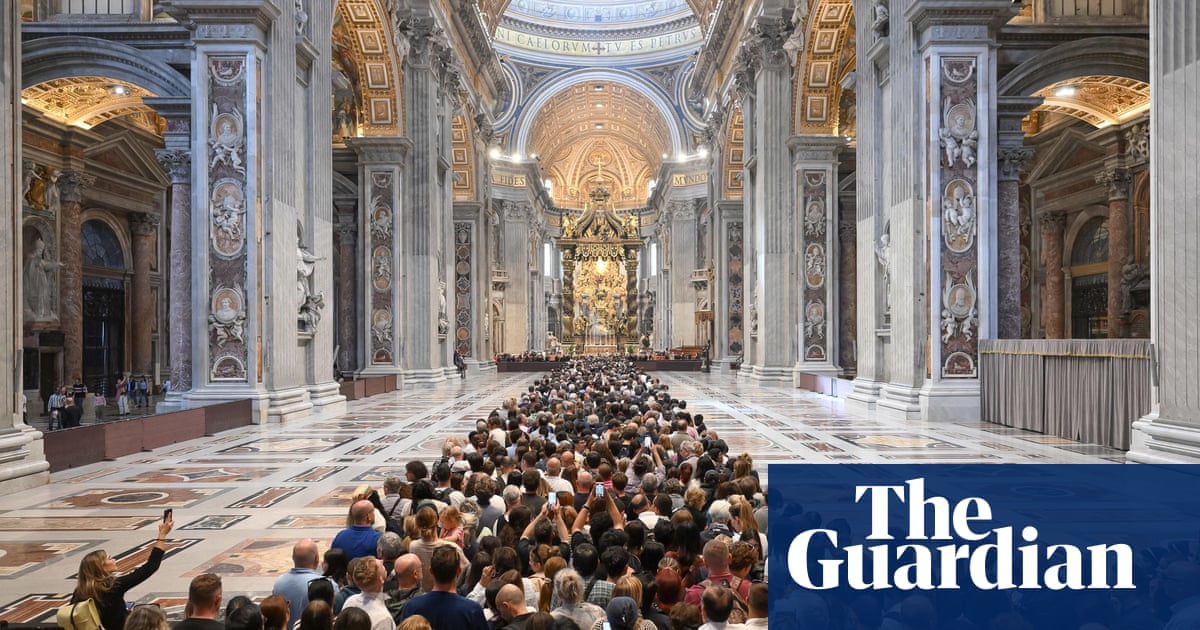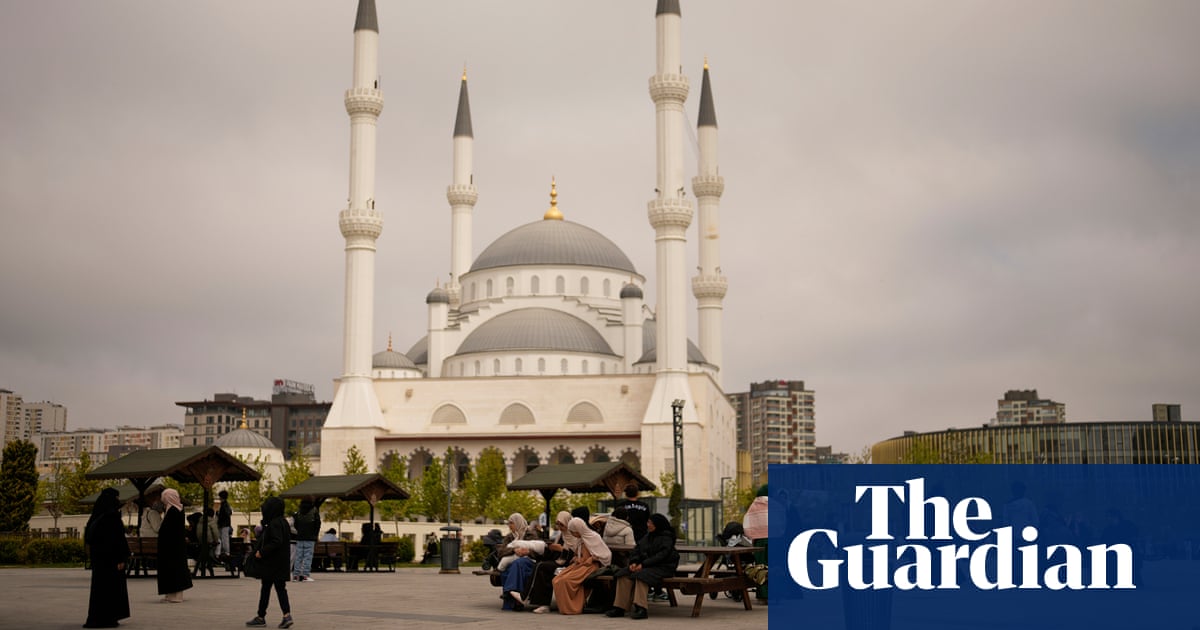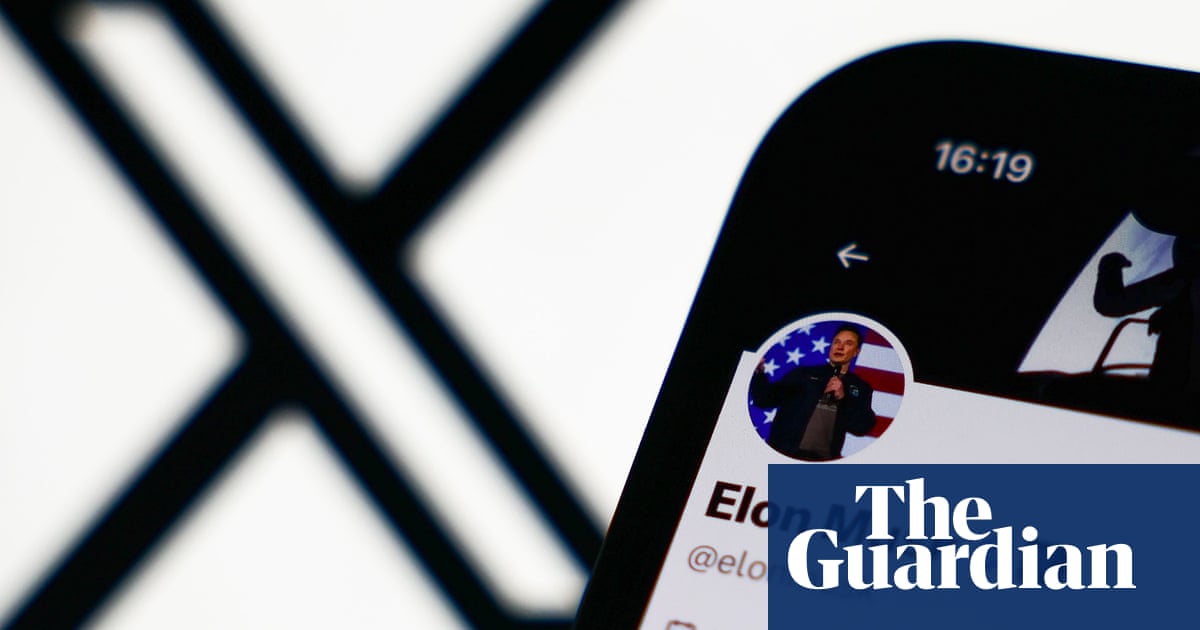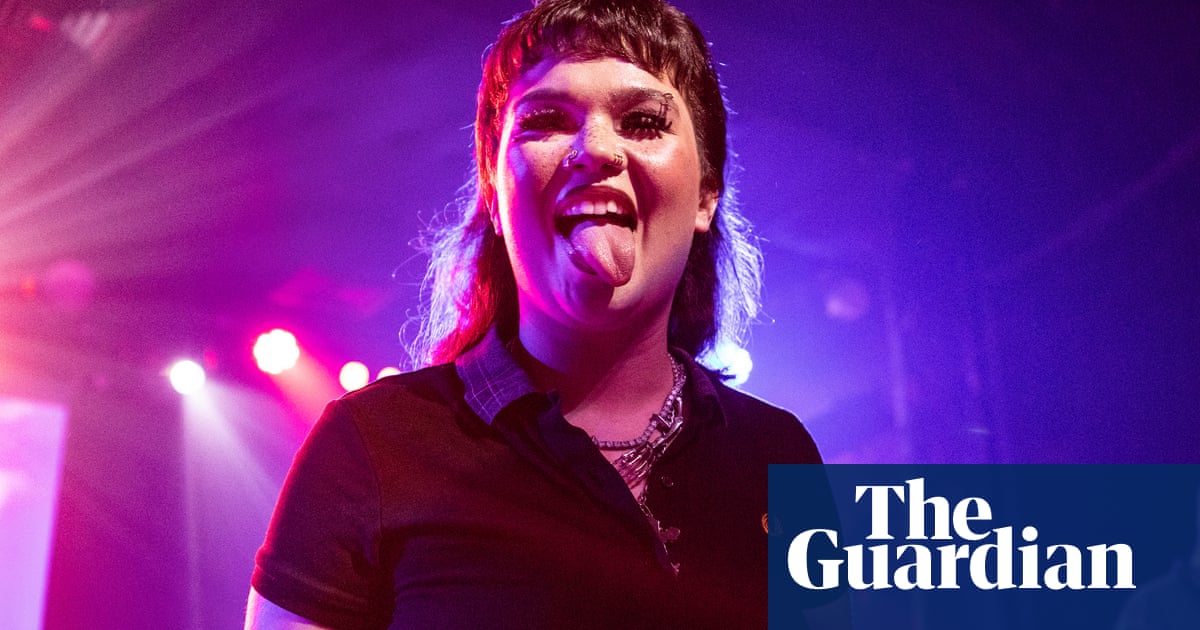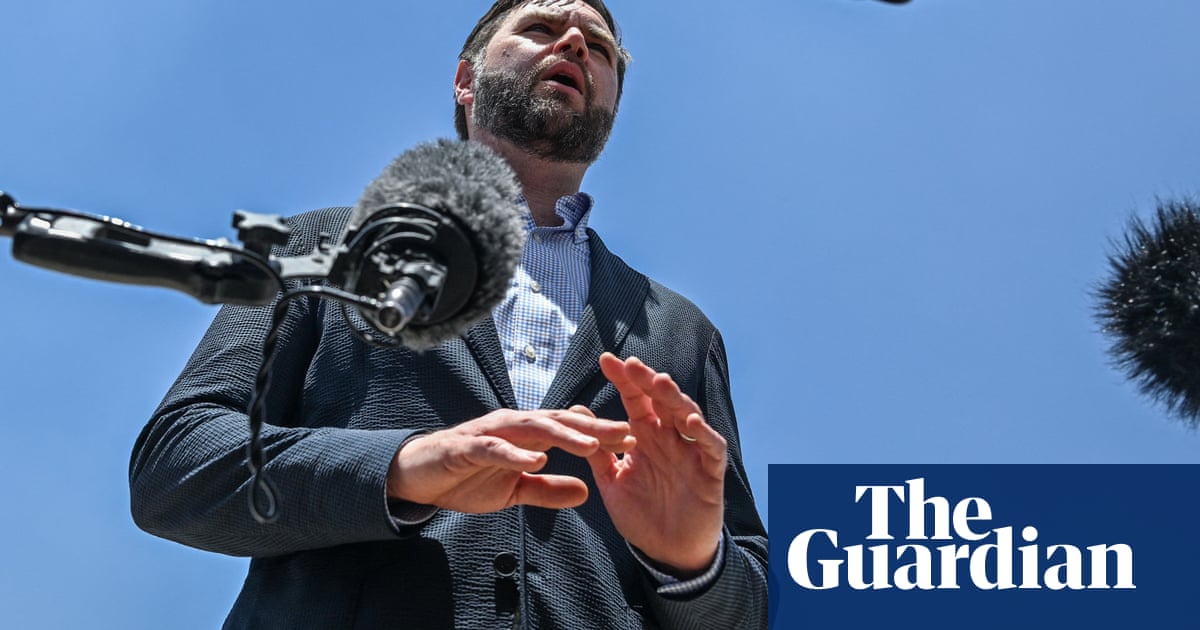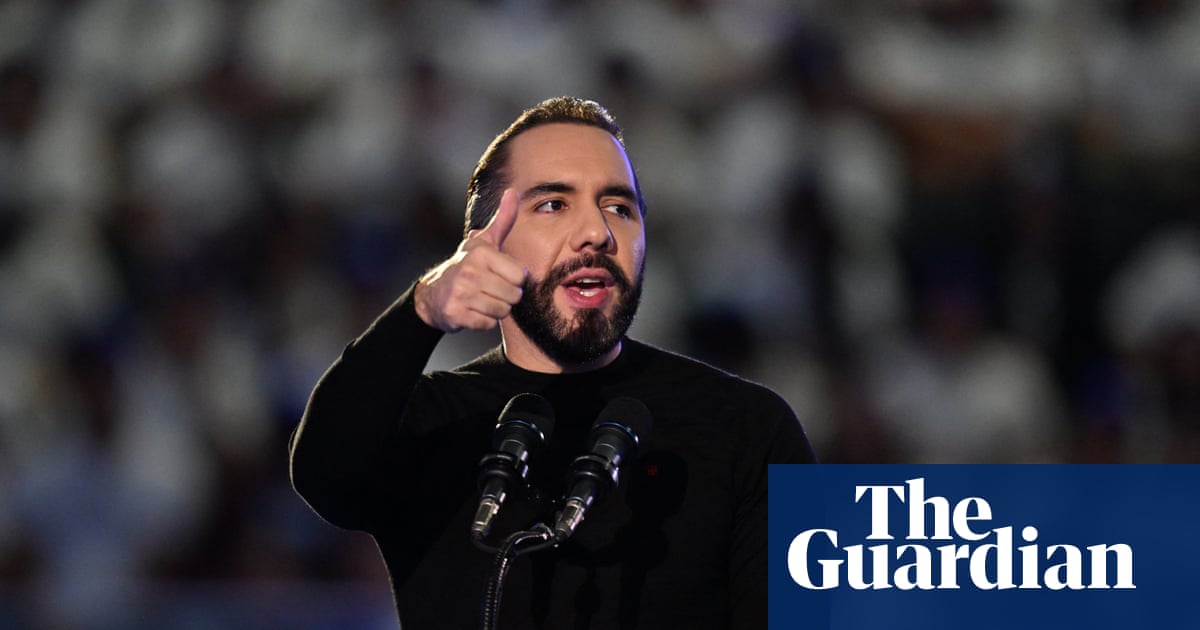Everything about the papacy is cinematic – especially picking a new one, as shown in the wildly popular movie Conclave, with Ralph Fiennes as an unwilling contender for the top job. There is the mystery, the ritual, the vestments; the spectacle of a lone, fragile human being poised over an abyss of history and good and evil; the elevation of one flawed man to a position of supreme authority, an exaltation whose parallel to the crucifixion is sensed but not acknowledged.
Discussing the onscreen representation of the pope in Conclave would risk the blasphemy of spoilerism but there have been many popes on screen, some cheekily fictional, many factual. Many a heavyweight British thesp has turned in a gamey cameo as some hooded-eyed Renaissance pontiff. Peter O’Toole was the lizardly and capricious Paul III in TV’s The Tudors (2007), presiding over a simperingly submissive 16th-century court of cardinals. Jeremy Irons was a small-screen Alexander VI in The Borgias (2011), a family member whose face radiated sensual refinement and hauteur.
If the pope has to be a minor or supporting character, it is easier to play him as a baddie. Rex Harrison was a very stately and boring Julius II, the so-called Warrior Pope in Carol Reed’s The Agony and the Ecstasy (1965), always being shouted at by Charlton Heston’s Michelangelo while he is trying to get on with painting the Sistine Chapel ceiling.

In the real world, the successor to the late Pope Francis will undoubtedly have seen a pope on film or TV, and seen the actor do the signature screen-pope moment: the camera follows behind, maybe in slow-mo as the cheering gets louder and, clad in his unfamiliar robes, he emerges for the first time on the balcony overlooking St Peter’s Square as the senior cardinal intones “Habemus Papam” – “We have a pope” – and introduces him by his chosen name. From the new pope’s POV, behind his head, we see the thousands of extras – or more likely CGI images. Pope Francis’s successor must do it for real.
Jonathan Pryce’s wonderfully sympathetic, humorous performance in Fernando Meirelles’s The Two Popes (2019) as Francis – or as he is for the most of the film Cardinal Jorge Bergoglio – must surely have set the tone for memories of the late pope, at least for the secular unbelieving world. Pryce’s future pontiff is discreet, frank, humble, yet troubled, with a demotic man-of-the-people touch which irritates and yet fascinates the incumbent pope, the intensely conservative Benedict XVI, played by Anthony Hopkins. Pryce’s screen Francis is a nice guy, without the flashes of temper that he is said to have shown in the real world, the Francis that thought it was all right to punch someone who insults your mother. When Benedict resigns, it is these two men who have to share the Holy See as the two popes. This unique double act allows the movie camera to explore a profound mystery – what is it like to be pope, to see the pope as the pope sees the pope? The movie shows one pope hearing confession from another.

Importantly, The Two Popes starts with Cardinal Bergoglio’s Michael Corleone moment. The movie imagines Bergoglio wanting to retire as Cardinal, to retreat from the politics and show of church power – which Benedict will not countenance. Similarly, Fiennes’s Cardinal Lawrence begins Conclave by wanting to resign as dean of the college of cardinals. This initial “resignation” impulse naturally signals the very real possibility or even certainty of becoming capo di tutti capi. Michael Corleone, played by Al Pacino, confesses his terrible sins in Coppola’s The Godfather Part III to Cardinal Lamberto – a fictional character who, harrowed by Corleone’s crimes, later becomes an imagined version of Pope John Paul I, and fatefully looks into the Vatican’s corruption scandals like his real namesake. Anthony Quinn’s fictional pope in The Shoes of the Fisherman (1965) follows the same “Corleone” narrative path to the top.
The unwilling or unworthy pope is a screen tradition. Poor John Paul I, who died so soon after his elevation, is an inspiration for Nanni Moretti’s We Have a Pope, in which Michel Piccoli plays the fictional Cardinal Melville, who finds the top job thrust upon him and succumbs to stage-fright. The film is very good at showing how, during the conclave, most Cardinals are obviously yearning not to have this terrible burden placed upon them.
Movie history’s most outrageous reluctant pope is Robbie Coltrane’s David I, in Peter Richardson’s farcical comedy The Pope Must Die (1991) – widely re-titled as The Pope Must Diet to avoid giving offence. The film interestingly takes its cue from the technicality that a new pope does not theoretically need to be a cardinal. Coltrane’s antihero is a rackety but basically honest priest, Dave Albinizi, who is accidentally elevated to the Holy See through a bizarre mistake and, like Lamberto in The Godfather Part III, is under pressure from the mob for looking too hard into Vatican bribery and corruption.

For sheer hilarity and outrage, however, there is the fantastical Pius XIII, formerly Cardinal Lenny Belardo, played by Jude Law in Paolo Sorrentino’s streaming TV drama The Young Pope. We see this new pope smoking cigarettes – a shocking image, perhaps, although John XXIII and Benedict XVI were both smokers – and even treats us to the extraordinary vision of the pontiff striding along the beach, super buff, clad in nothing but tiny white Speedos.
And how about the patriarchy and misogyny of Catholic rule? Many female stars have played the legendary and mythic Pope Joan, who supposedly ruled with her gender a secret for two years in the ninth century – Liv Ullmann was Pope Joan in 1972: pale and determined, an unworldly version of Joan of Arc.
To be pope is to take an above-the-title lead role in a problematic franchise which many think should be revamped. It is a thankless and demanding role where the reviews come in at the very beginning and the very end.
Perhaps someone like Peter Morgan could create a new movie, entitled Great Again, in which Jonathan Pryce can reprise his great performance as Francis, taking his final meeting: with the oleaginous and uncomprehending JD Vance, played by, perhaps, Sam Rockwell. The ageing man of gentle wisdom tries to get through to the heartbreakingly childlike and vain vice-president, advising him on ways of buying his soul back.

 3 hours ago
5
3 hours ago
5
